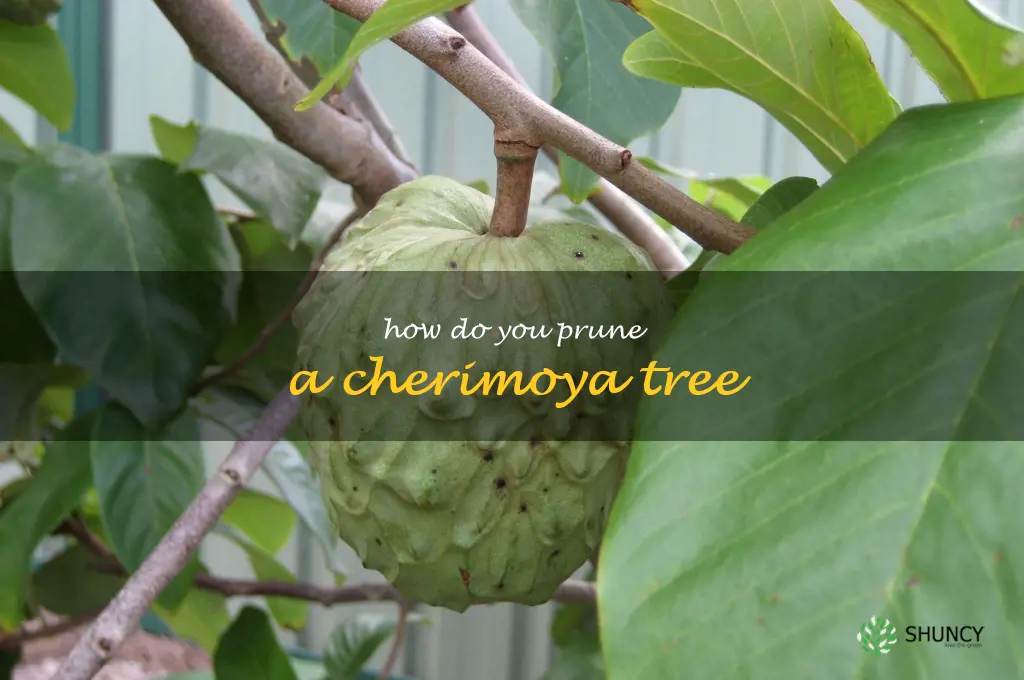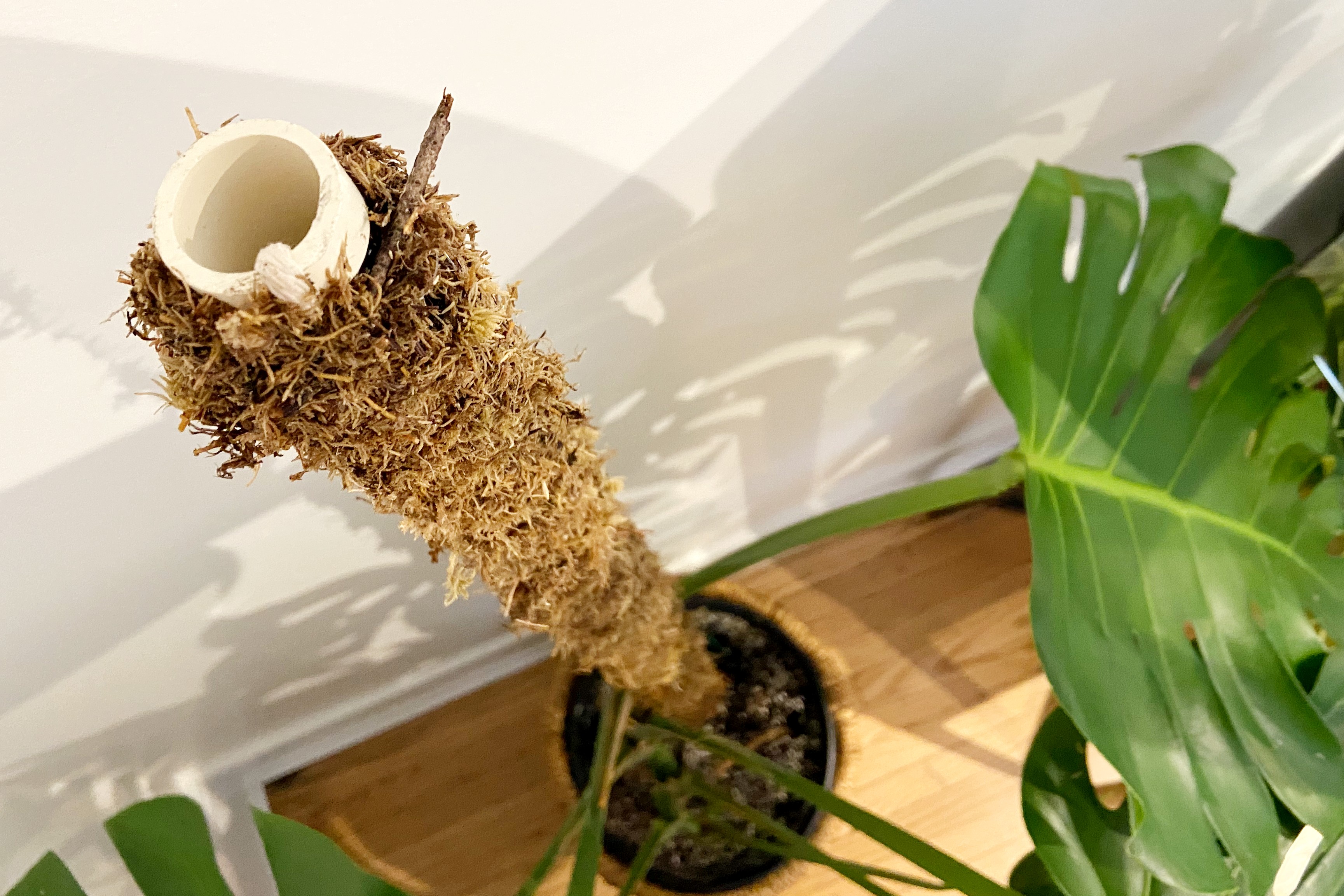Optimizing Cherimoya Fruit Yield Through Strategic Pruning and Training Techniques

It’s a cool January morning in my backyard—fog still curling above the grass, pruners cold in my hand—and I’m staring up at a cherimoya that, if it could talk, might curse my indecision. See, every gardening manual preaches “open up the canopy, remove what’s weak.” What they don’t tell you? Sometimes what looks weak is the very thing saving your future fruit—or controlling disease before it even starts.

Here’s my not-so-popular take: If you prune cherimoya trees by the book every year, you’re probably limiting your yield.
The Contrarian Truth About Cherimoya Pruning
Most advice is lifted straight from temperate fruits like peaches or apples. Reality check? Cherimoya (Annona cherimola) isn’t playing the same game. This tree evolved to host its fruits on wood that many gardeners would instinctively snip away: short shoots and gnarly side branches dangling awkwardly at chest height. My first time out, I clipped all those off—following “proper structure”—and ended up with exactly four miserable fruits dangling far beyond ladder reach.
Lesson learned: Aggressive shaping for symmetry and light does not guarantee bigger or better cherimoya harvests—in fact, it can cut production sharply.
Failed First Attempts
Let me set the scene: 2018, San Diego County. I attacked three old cherimoyas in a neighbor’s orchard with surgical precision—removed crossing wood, shortened leaders, chosen scaffolds radiating at textbook angles. That spring…voilà! A perfect vase-shaped frame. But come summer? Branches flush with lush new leaves but barely a handful of blossoms. No bees buzzing around; zero scent of ripening fruit.

Turns out, trees that feel threatened (like after drastic pruning) get defensive. Instead of growing flowers and fruit spurs, mine responded by pumping out leafy water sprouts—all energy diverted from actual production.
The Proven “Lazy Grower” Approach That Turned Things Around
Counterintuitive as it sounds: I stopped pruning so much and started letting branches tell me what they wanted to do—even if it meant temporary chaos in the canopy.
Here’s how you make this work:
1. Forget Annual Timetables—Prune When Growth Demands It
True story: In particularly warm winters (like February 2022), our neighborhood saw bud swell weeks ahead of schedule. Folks who waited until their calendar told them lost half their top growth to late frosts after cuts exposed tender tissue too early.
Takeaway: Don’t let tradition dictate timing—monitor YOUR tree’s cues instead. Buds just beginning to push? That’s your moment—not before or after.

2. Champion “Ugly” Branches for Fruit
One old-timer down the street taught me this trick:
- Resist removing all horizontal or downward-pointing twigs.
- Those goofy little spurs peeking out sideways? That’s where most flowers set!
If a branch blocks sunlight but holds loads of flower buds—leave it until after fruit set has finished (mid-spring). You’ll be shocked how much more fruit appears along these neglected stragglers than on beautiful upward scaffolds.
3. Prune for Airflow (Not Aesthetics)
If disease ever thumped your cherimoya with black spots or mildew, chances are you cut for looks rather than ventilation.
My fix: Stand inside your tree post-pruning and spin slowly—can you literally feel breezes reach every limb (even low ones)? Then you’ve nailed it; if not, snip just enough to create finger-width “tunnels” through dense zones instead of giant holes everywhere.
4. Control Vigor Like a Puppet Master
Every heavy-handed winter hack sees flushes of water sprouts by June—and nobody talks about how fast they drain resources.
Instead:
- Pinch young vertical shoots between thumbnail and finger WEEKLY during spring/summer.
- This keeps energy on ripening last season’s fruit rather than racing toward sky-high foliage.
For reference: Last July I skipped one month of this patrol on a single tree; that branch doubled its height...with zero new flowerlets below nine feet!
Real-World Results (With Numbers!)
Let me brag for a second: My best-producing cherimoya last season was an asymmetrical mess—a half-vase leaning over sideways near my chicken coop—but logged 57 fruits over six pounds each. By contrast? The picture-perfect specimen only managed 22 average-sized cherimoyas after following popular advice.
How did I track this? Cheap digital luggage scale off Amazon plus painter’s tape numbered to each major limb—the messy branches carried nearly three times the load versus tidy verticals!

And when neighbors ask why my trees are motley but abundant—I just point to my “bad hair day” strategy: Encourage weirdly angled limbs AND constant tip pinching.
How This Feels Up Close
You want sensory details? Picture this:
- Backsplash of sticky sap on palms from snipping youthful suckers
- Sharp tang in the air as green leaves drop into mulch
- Occasional muttered curses (“Really? Another sprout already?”)
- Joyful shouts echoing across sunset-lit yard when perfectly ripe fruit finally twists free at shoulder level—not teetering atop some ladder
Tools & Tricks Even Lazy Pruners Use
Forget fancy equipment:
- Old Felco #8 pruners
- Handheld fan rake for clearing leaf litter around base (keeps fungal spores down)
- Neon flagging tape wound around candidate limbs BEFORE any cuts—that way analysis paralysis doesn’t kick in mid-prune
Cost total: under $70 for lifelong supplies
Best extra resource?
The Annona Growers Facebook group—hundreds swap ugly-but-fruitful tree photos plus quirky tips nearly daily.

The “Why” No One Tells You
Letting go of aesthetic perfection wasn’t easy—but once I tasted homegrown cherimoyas fruity as custard pie straight off those lopsided branches…perfection didn’t matter anymore.
The point isn’t artistry—it’s abundance on your terms, shaped by actual results instead of horticultural dogma.
So next time you pause with shears in hand, remember:
Cherimoya rewards those who listen more than those who follow orders. Trial and error beats rote advice every time—and sometimes an ugly branch carries sweeter success than any expert could promise.
Embrace controlled chaos; brag about your lumpy giants; reap bigger rewards for every contrarian move made with heart instead of habit.
Now step outside, eye those unorthodox branches…and start plotting your own delicious rebellion!



